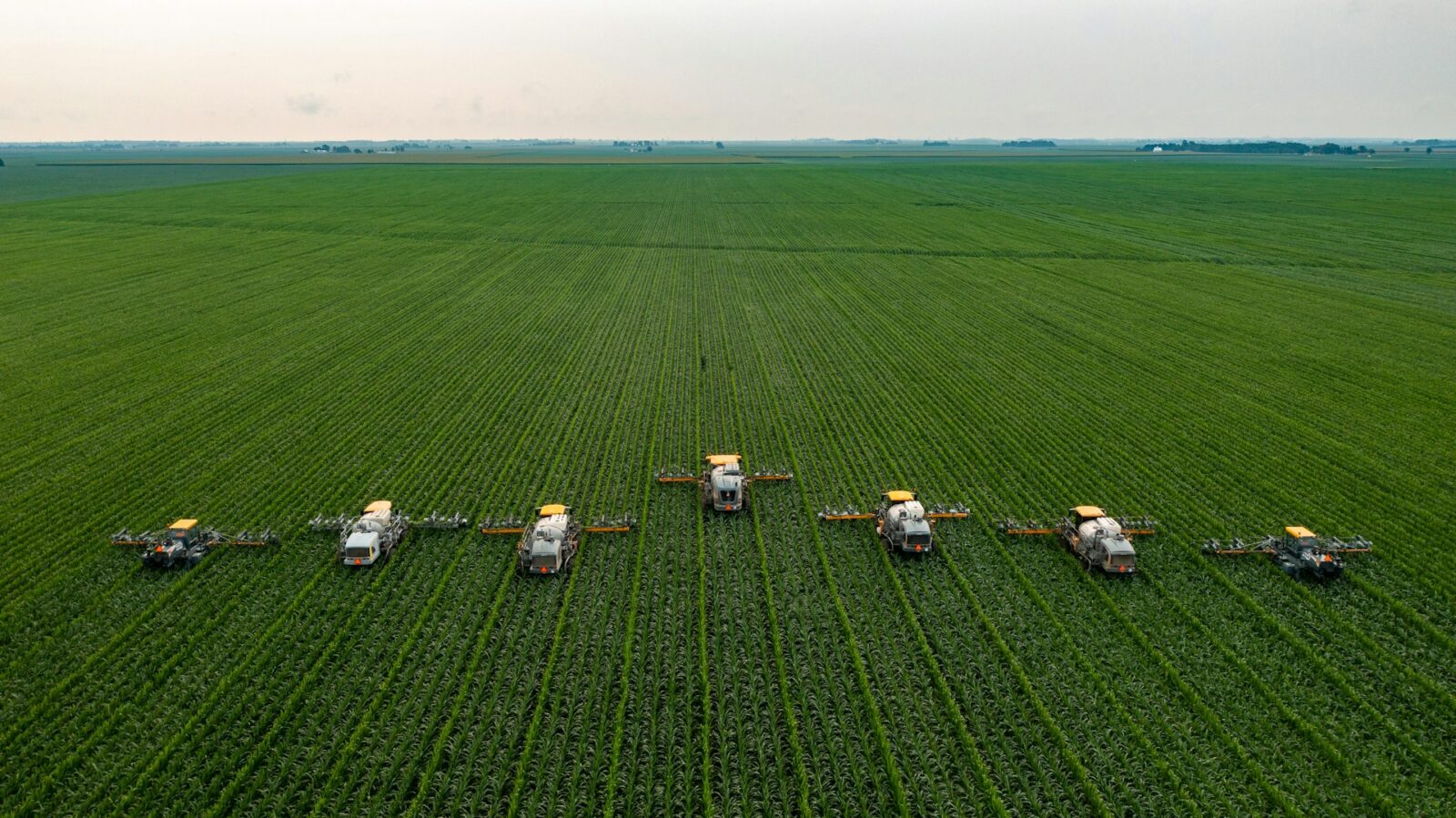Agriculture ERP is emerging as an essential solution for contemporary farming enterprises seeking to run their operations in a smarter and more efficient manner. With increasingly sophisticated farm practices, farms require computerized assistance in monitoring stock, managing finances, monitoring crops, and labour management more efficiently. This is where agriculture erp systems specifically designed for agriculture enter the picture, providing one platform that handles the day-to-day operations but enhances traceability, minimizes wastage, and optimizes profits.
1. Easy-to-Use Interface for Quick Adoption
An ideal agricultural ERP system needs to have a very simple and easy-to-use interface. Farmers and farmhands are typically non-technical professionals, so the system does not need much learning and can be utilized by them easily without extended training hours. A clean and clear dashboard design that presents real-time data makes the users conscious of important information like crop health, inventory quantities, or equipment usage. The simpler the interface, the faster the adoption across teams at all levels.
2. Crop Planning and Crop Management Tools
One of the most important features of any farm ERP software would be that it must be able to plan and manage crops from the seed stage to the harvest stage. It must be able to take planting schedules, track crop performance, estimate harvest times, and track the likes of soil conditions and irrigation. It must also be capable of comparing the yields seasonally to make the next cycle’s decisions. Farmers can reduce losses and produce a maximum every year by monitoring each stage of crop growth.
3. Inventory Tracking of Seeds, Fertilizers, and Tools
An effective ERP implementation in agriculture must track all farm inventory in real time. Whether it is seeds, fertilizers, pesticides, or machinery, knowing how much one has prevents over-buying or running out at the wrong times. The ERP must give automated alerts when the quantity falls below the threshold level. It must also enable tracking of chemical expiry dates and equipment maintenance periods, leading to more efficient and cost-saving use of resources.
4. Financial Management and Cost Control
Agricultural business money management can be complex. Its ERP software has to enable budgeting, cost tracking, expense management, and invoicing functionalities. From recording payment to employees to tracking the cost of repairing equipment, the finance module has to give a clear indication of revenue and expenditures. The clarity helps identify places where expenditures can be reduced or where investment will bring more returns.
5. Labour and Workforce Management
Farms use contract and seasonal labour, and hence labour management can be a difficult task. An agriculture ERP should enable the scheduling of workers, track work hours, assign day-to-day tasks, and calculate the wages in return. This allows for fair payment and fault-free wage disbursal. Based on real-time data, managers can also see who is where and maintain proper manpower deployment across the entire farm area.
6. Supply Chain Visibility from Farm to Market
A strong agriculture ERP solution must offer end-to-end visibility of the supply chain. It must track produce from when it is removed from the field to final delivery in distribution centers or markets. Traceability is important in ensuring food safety compliance and building confidence with buyers. It also allows farmers to make more informed decisions based on the most efficient routes and where delays will occur.
7. Real-Time Weather and Soil Data Integration

Another significant feature is integration with weather data as well as soil monitoring devices. Real-time weather alerts can feed into decisions such as irrigating or delaying planting. Soil data like moisture content and fertilizers helps in timely fertilizer application and better crop planning. An ERP that brings together all these details results in more accurate information and facilitates farmers to respond quickly to changes.
8. Analytics and Reports for Better Decisions
Modern agriculture is based on information. A good agriculture ERP should offer advanced analytics and transparent reports to track in the long term. From yield comparisons to input cost measurement or labour efficiency analysis, these indicators allow for good long-term choices. Visualized reports such as graphs and charts can indicate trends and help forecast future results, allowing for improved planning of the next planting season or the switch to more profitable crops.
9. Multi-Farm and Multi-Location Management
Big farm businesses have multiple locations. Agriculture ERP must support management of multiple farms under one system. Each location must have a separate dashboard but belong to the same system. This capability offers visibility of all operations and allows allocation of resources, comparison of performance, and quality standards across farms regardless of size or location.
10. Conformance to Food Safety Requirements
The appropriate agriculture ERP will aid in the reporting and recording of all operations that meet national and international standards of safety. This includes monitoring the application of pesticides, source of water used, handling during harvest, and packaging information. Proper documentation is aiding in certifications and building credibility with wholesalers, retailers, and consumers. Compliance functionalities also help to protect farms in cases of audit and inspections.
11. Integration with Other Farm Tools
A well-designed ERP is not meant to stand alone. It should be integrated with other tools like satellite monitoring, drone sensors, IoT sensors, and accounting systems. This allows all of the systems to work together and eliminates multiple inputs of the same information. By integrating into current tools, the ERP is part of an overall digital system that helps make intelligent farming easier and more effective.
12. Automated Alerts and Notifications
Alert notifications can prevent severe issues in agriculture. If it is a dip in fertilizer levels, scheduled machine maintenance, or pest invasion, an ERP system should notify the concerned person instantly. Alerts can be programmed under certain conditions and delivered through SMS, application, or email. These instant alerts allow quick response, salvage crops, reduce downtime, and avoid unnecessary costs.
Overall, the productivity of today’s farms is very much dependent on access to the appropriate machinery, and the solid ERP system is the hub of the revolution. With capabilities such as real-time tracking, crop planning, budget management, and mobile accessibility, the systems are now a necessity and not a luxury. As the agriculture supply chain companies keep on innovating, it will be only the farmers who make the investments in the proper digital infrastructure that will be on top of efficiency, transparency, and profitability.
Related: Farm Fresh Delivery: Bridging the Gap Between Farmers and Freshness


















Active Noon Media is the largest local to national digital media website that represents the voice of the entire nation.